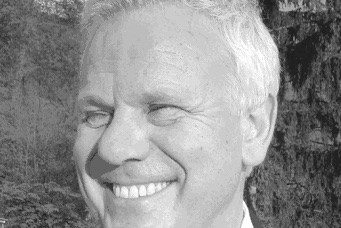Design Beyond Traditional Form Follows Function
Today design is omnipresent. But what is design? “Design” was first coined by the American architect, Louis Sullivan, to mean that the style of architecture should reflect its purpose; applicable for buildings and constructions and later on attributable to products and objects.
For several decades the sayings “form follows function” (FFF), followed by “less is more”, became the most used and misused design clichés. World-renowned architects such as Le Corbusier and Mies van der Rohe took design to unprecedented levels providing a minimum of form and a maximum of functionality.
In the design of FFF products, these principles became common practice. Later, the FFF paradigm started to reverse. Designs and brands became the expression of specific lifestyles and the styling of products appeared to dominate its functions and user benefits.
Through the introduction of digital technology followed by several waves of electronic component miniaturization and the integration of these elements in single packages (SOC), electronic designers squeezed many functions into tiny form factors. Moreover, the integration of those functions in “single design architecture” allowed for an enormous surge in mass production. Industrial design and process automation walked hand-in-hand with mass manufacturing.
These revolutions in design and manufacturing have left the lighting industry untouched for more than a century. Electric lighting has contributed to higher levels of efficiency in working environments and added comfort and convenience to family dwellings.
Except for the development of new light sources like CFL and halogen, form and esthetics are still the dominating principles used for designing luminaires. Lighting functions were restricted to being switched on and off, and later - dimmed. The bi-annual Light+Building tradeshow held in Frankfurt is an expression of the dominance of form over function.
Hit by LEDification and DIGItalization in less than a decade, the industry is challenged to stay on top of developments that are completely changing the way we work, live and play! The lighting industry must now re-invent itself! Major lighting companies are moving away from the component or lighting node business and becoming providers of more complex digital systems and solutions that control and manage light.
These tasks are largely determined by the design quality of the software like the user interface. If the UI is well designed, one should be able to use the device intuitively. Traditionally; software is not the domain of the lighting industry, so collaboration and alliances with non-traditional players from the semiconductor industry (MCU, Drivers, etc.) and from the ICT (API and PaaS) is a means towards survival.
On the other hand, over the last 150 years, the lighting industry has built an infrastructure that is available in constructions. Lighting provides the dominant infrastructure to the Internet of Things (IoT), which enables new IT solutions and services. As spatial design becomes the common battlefield of new entrants, the lighting industry dominates newcomers like telecoms and ISP’s.
Smart Lighting Design enables UI friendly designs, where the room or space defines the conditions for the quality level of conditions (light, air, security, etc.) of the users. This brings back functionality and raises the question of how to avoid dullness and keep our work, play and living spaces attractive.
Ed van den Kieboom
Mr. van den Kieboom has over 25 years of hands-on management experience in founding, launching, developing and managing public and private technology companies. He established his own company in 1992. As a consultant, he assisted Philips Electronics, Mitsubishi Electronics, and 7 other companies in the technology areas of optical storage, microelectronics, and information and communication technology to expand their businesses.
In 2005 he founded and managed the Plastic Electronics Foundation, a worldwide technology platform for printable organic electronics, with stakeholders from academia, research institutes and industry. In 2005 he also founded the Smart Lighting and Smart Sensing technology and business platforms that he manages today.

